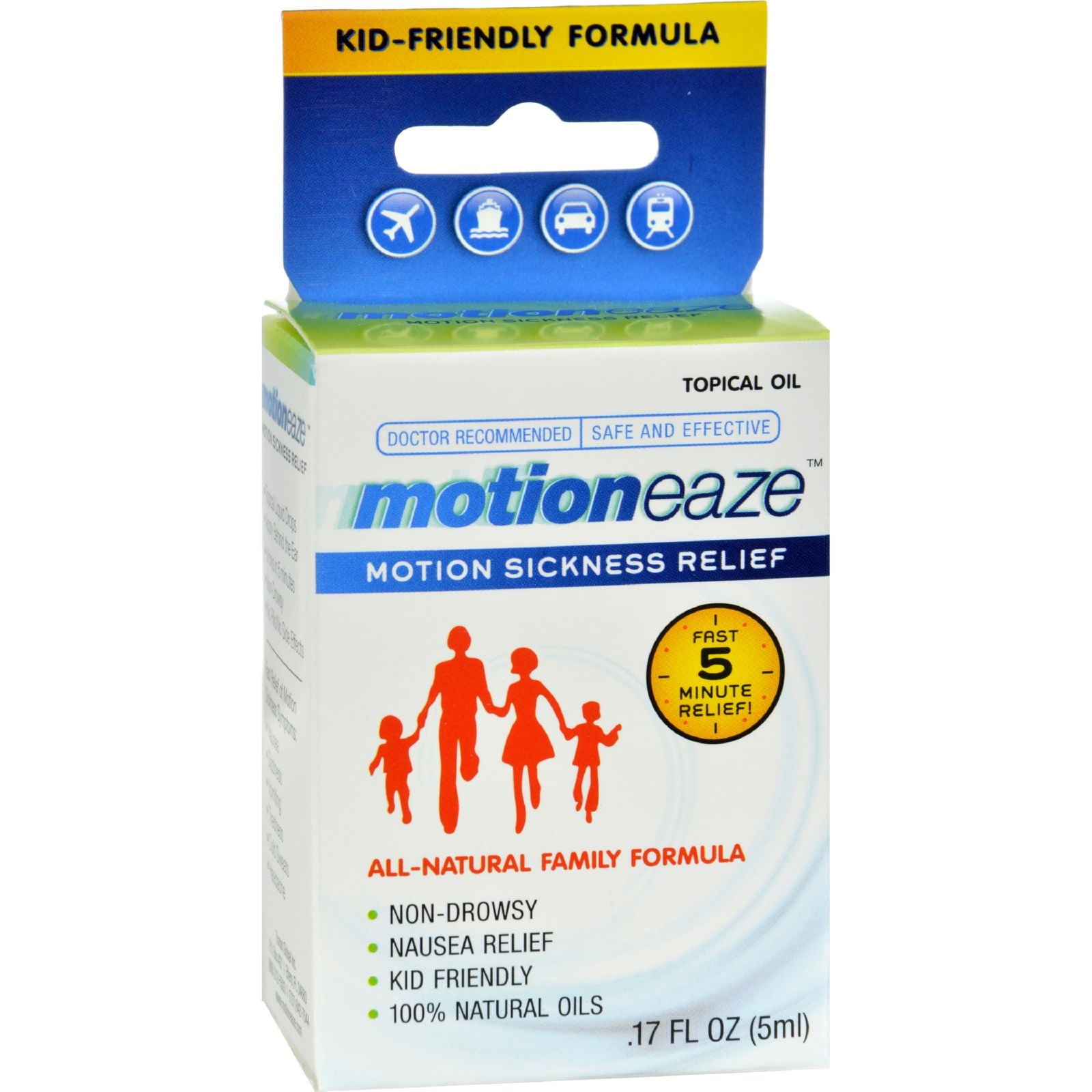

It works by preventing the confusing nerve messages going to your brain. Hyoscine is usually the most effective medicine for motion sickness.
Motion sickness medicine non drowsy skin#
So, at this point, tablets that you put against your gums, or skin patches, are more likely to be effective. They may still help even if you take them after symptoms have begun, although once you feel sick you won't absorb medicines from the stomach very well. Medicines are best taken before the journey. They work by interfering with the nerve signals described above. You can buy them from pharmacies or, in some cases, get them on prescription. There are several motion sickness medicines available which can reduce, or prevent, symptoms of motion sickness.

Motion sickness medicine non drowsy driver#
If you are not, or can't be, the driver, sitting in the front and watching what the driver is watching can be helpful. This is probably because you are constantly focused on the road ahead and attuned to the movements that you expect the vehicle to make. If you are the driver you are less likely to feel motion sickness.Instead, look ahead, a little above the horizon, at a fixed place. Don't look at things your brain expects to stay still, like a book inside the car. It is advisable not to watch moving objects such as waves or other cars.Try to sleep - this works mainly because your eyes are closed, but it is possible that your brain is able to ignore some motion signals when you are asleep.There is some evidence that distracting your brain with audio signals can reduce your sensitivity to the motion signals. Try listening to an audio book with your eyes closed.This reduces 'positional' signals from your eyes to your brain and reduces the confusion. Close your eyes (and keep them closed for the whole journey).This may mean closing the window and turning on the air conditioning, or avoiding the engine area in a boat. Avoid strong smells, particularly petrol and diesel fumes.On a boat, stay on deck and avoid the cafeteria or sitting where your can smell the engines.For example, sit in the front seat of a car, over the wing of a plane, or on deck in the middle of a boat. On long journeys, try breaking the journey to have some fresh air, drink some cold water and, if possible, take a short walk.įor more in-depth advice on travelling generally, see the separate leaflets called Health Advice for Travel Abroad, Travelling to Remote Locations, Ears and Flying (Aeroplane Ear), Jet Lag and Altitude Sickness.Light, carbohydrate-based food like cereals an hour or two before you travel is best. Don't eat a heavy meal before travelling.

Some general tips to avoid motion sickness include the following. There are various symptoms of motion sickness including::

In some people they last a few hours, or even days, after the journey ends. Symptoms typically go when the journey is over however, not always. Symptoms can develop in cars, trains, planes and boats and on amusement park rides, etc. It is not known why some people develop motion sickness more than others. Fortunately, many children grow out of having motion sickness. Motion sickness is more common in children and also in women. Both in children and adults, playing computer games can sometimes cause motion sickness to occur. Sometimes trying to read a book or a map can trigger motion sickness. Motion sickness can also be triggered by anxiety or strong smells, such as food or petrol. Although all people can develop motion sickness if exposed to sufficiently intense motion, some people are rarely affected while other people are more susceptible and have to deal with motion sickness very often. Motion sickness is a normal response that anyone can have when experiencing real or perceived motion.


 0 kommentar(er)
0 kommentar(er)
